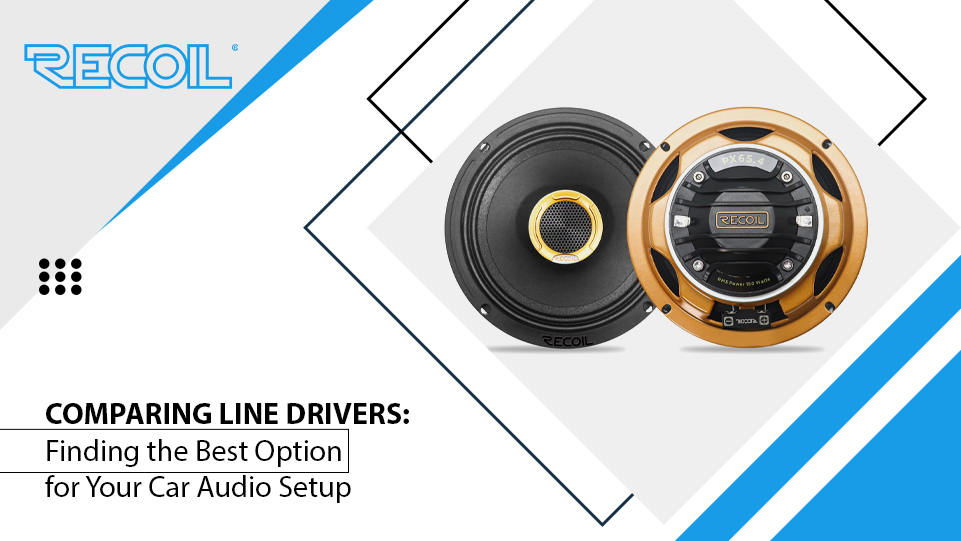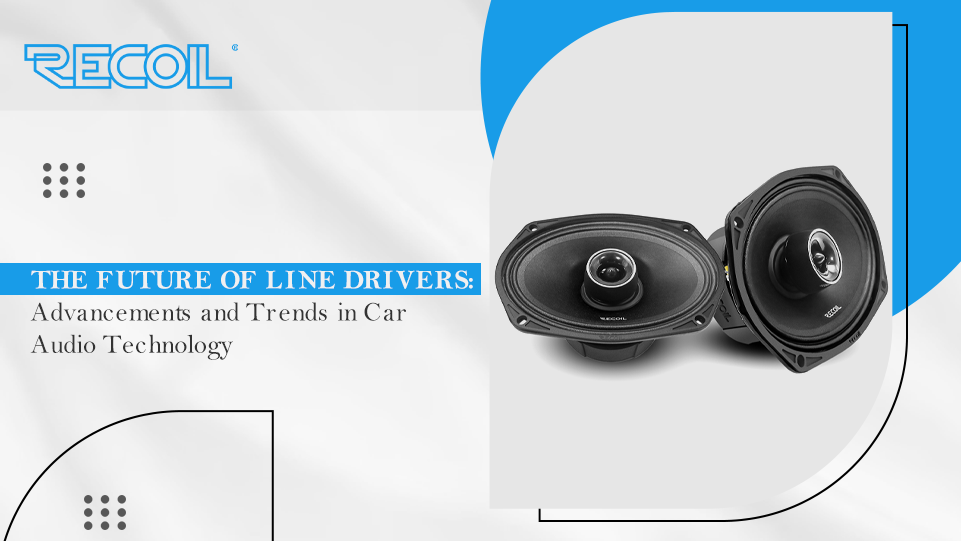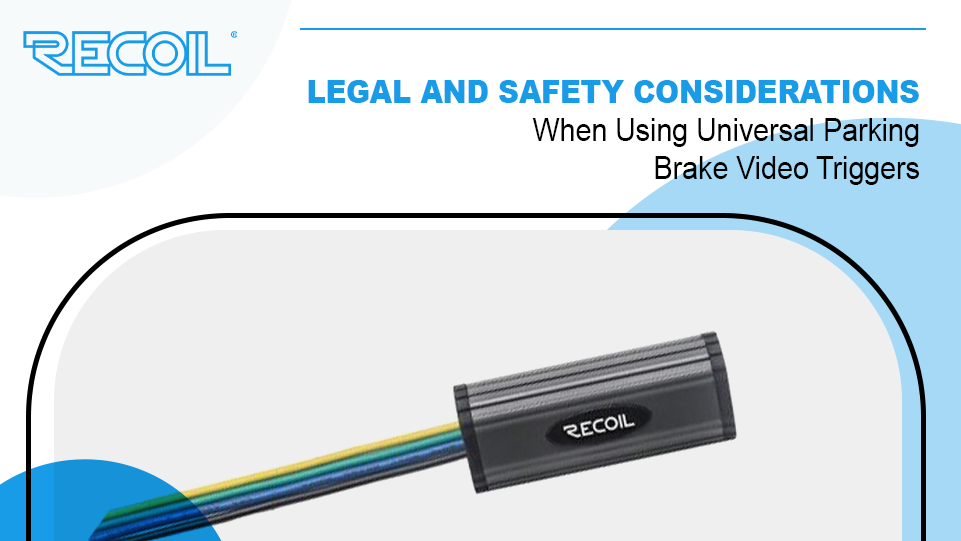Factors to Consider When Looking to Buy a Line Output Converter

If you’re looking to buy a top-notch line output converter, it is essential you know the amount of voltage it can take on the speaker-level inputs. It is also important to know how well it can increase or reduce the signal and know the output impedance on the preamp. Most quality line-out converters can take in about 40 volts on inputs and give out 200 ohms as output impedance. However, know that the smaller, the better.
You should also check the device frequency response. Entry-level transformer-based converters might not allow deep bass or high-level audio data with the active units. Correspondingly, know that the best benchmark would be a frequency response value ranging between 10 Hz to 40 Hz and having a tolerance of 1 decibel.
As these are audio signal data processors, distortion and noise specifications should be checked. A THD spec of less than 0.05% is okay, and the noise acceptance should not exceed 110 decibels.
Things To Watch Out for When Shopping for Line Out Converters
Below are the factors to watch out for when looking to buy a car audio line out converter:
Remote Turn-On Detection Features
One prevalent feature of a line-out converter is offering an amplifier turn-on output signal. Let’s say you’re having a subwoofer amplifier added to a factory-installed system for sound. It is very likely there will be an absence of accessible wire that goes to 12V when the radio switches on. Several converters have various ways of detecting when the radio comes on and producing the trigger.
Firstly, they possess the ability to monitor the wires (speaker) for voltage. The moment it identifies the audio signal, it comes on automatically and produces the remote output. The disadvantage of the option is that it will be easy for the system to be deceived when a car door closes.
For airtight vehicles, shutting the trunk or a door can induce pressure on the car’s interior, causing speaker movement. This can induce a voltage that can trick the converter. Another way these devices can initiate an output is to register the input connections on the speaker wires for a DC voltage.
For instance, radios typically use BTL or bridge-tied load as the speaker output system configuration. There are bound to be some volts in the wires when the radio comes on. The converter senses this voltage and triggers the output. If your vehicle source works just like this, then your installer knows which option to go for.
Signal and Channel Summing
Another thing to consider is the number of channels needed for the adjustable line output converter. Remember that these channels are used when one needs to add a subwoofer amplifier to factory-installed source units. However, they might not be used to add an amp to all speakers. Many branded audio systems that come with new vehicles can be upgraded easily with multi-channel line-out converter interfaces.
All installers need to do is feed the car audio line out converter’s output to a signal processor of the digital variety, along with new speakers, amplifiers, and subwoofers. Many multi-channel line-out converters can add signals together from several inputs. Nowadays, choosing this approach is risky unless the installer you choose confirms that the audio signals are in phase at the crossover frequency.
Final Words
If you plan to add an amplifier to your car’s factory-installed audio system, it is likely you will need an adjustable line output converter. In fact, you might need one capable of providing a remote switch signal for the new amp. You can stop by Recoil Audio to know more about which options are compatible with your car or truck to offer you the best sound you deserve.






